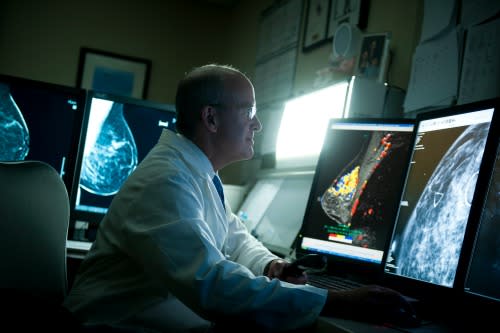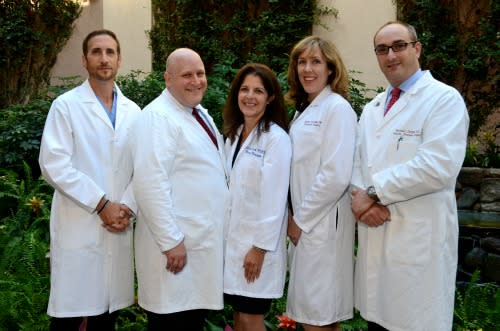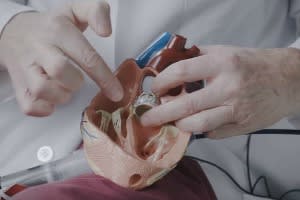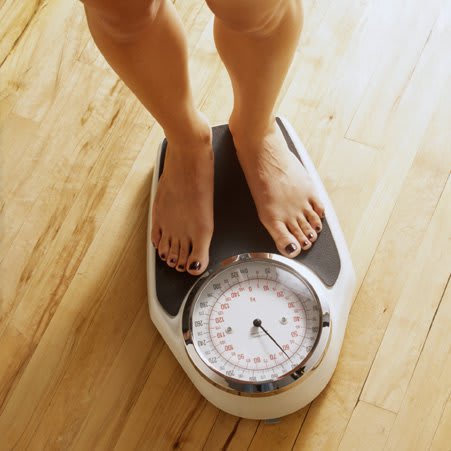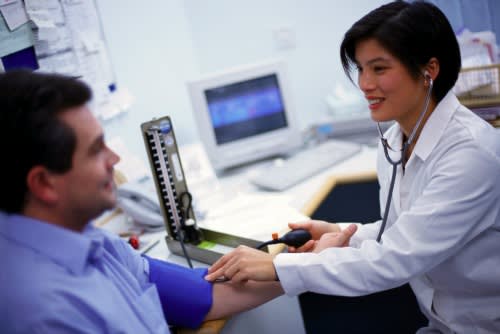Breast Cancer Is On The Rise: 4 Ways To Reduce Your Risk Now
Published: February 09, 2025l
By: Sarah Cate, MD, and Mia Kazanjian, MD
Women, especially young women, are being diagnosed with cancer more often, according to the American Cancer Society (ACS). The recently released statistics for 2025 show an increasing shift from men to women, and from older adults to younger. According to ACS researchers, women under the age of 50 are now are almost twice as likely to get cancer than men, and of those who are diagnosed, about a third develop breast cancer.
As to what is behind the surge in cases, this is multifactorial. Generally speaking, what raises the estrogen in the body can raise the risk for breast cancer. Researchers point to women having fewer children and at a later age and then opting out of breastfeeding, which can decrease your risk. However, outside of fertility, there are other important lifestyle factors that women can manage to reduce their chance of developing breast cancer. Making a few changes to diet, exercise, and alcohol consumption will help decrease your risk – and support your overall health.
Consume a balanced diet full of fruits, vegetables, and whole grains – and limit fatty foods. Researchers found that excess body weight, especially for postmenopausal women, contributed to breast cancer diagnoses.
Exercise regularly.
Any amount of physical activity has health benefits. Sedentary lifestyles and lack of regular exercise were contributing factors for the rise in breast cancer. Several health organizations recommend adults participate in moderate intensity aerobic physical activity for a minimum of 30 minutes a day for five days a week, or vigorous intensity aerobic activity for a minimum of 20 minutes a day for three days a week.
Limit alcohol consumption.
Women in their 30s and 40s are drinking more alcohol, which can cause cancer. In place of cocktails or wine at happy hour or with meals, consider reaching for its zero-proof counterpart, or simply sparkling water with a twist.
Quit smoking or avoid secondhand and third-hand smoke exposure.
Researchers reveal that part of the reason we’re seeing fewer deaths in cancer is because more people are quitting smoking. If you’re ready to take the first step to quitting, learn more about our Smoking Cessation Program.
Finally, it’s crucial to speak with your health care provider about your health history and possible risk factors for cancer. If you don’t have a primary care provider or an OB-GYN to speak with, finding a provider you’re comfortable with is a great first step.
Women, especially young women, are being diagnosed with cancer more often, according to the American Cancer Society (ACS). The recently released statistics for 2025 show an increasing shift from men to women, and from older adults to younger. According to ACS researchers, women under the age of 50 are now are almost twice as likely to get cancer than men, and of those who are diagnosed, about a third develop breast cancer.
As to what is behind the surge in cases, this is multifactorial. Generally speaking, what raises the estrogen in the body can raise the risk for breast cancer. Researchers point to women having fewer children and at a later age and then opting out of breastfeeding, which can decrease your risk. However, outside of fertility, there are other important lifestyle factors that women can manage to reduce their chance of developing breast cancer. Making a few changes to diet, exercise, and alcohol consumption will help decrease your risk – and support your overall health.
Lifestyle Modifications You Can Make Today
Maintain a healthy body weight.Consume a balanced diet full of fruits, vegetables, and whole grains – and limit fatty foods. Researchers found that excess body weight, especially for postmenopausal women, contributed to breast cancer diagnoses.
Exercise regularly.
Any amount of physical activity has health benefits. Sedentary lifestyles and lack of regular exercise were contributing factors for the rise in breast cancer. Several health organizations recommend adults participate in moderate intensity aerobic physical activity for a minimum of 30 minutes a day for five days a week, or vigorous intensity aerobic activity for a minimum of 20 minutes a day for three days a week.
Limit alcohol consumption.
Women in their 30s and 40s are drinking more alcohol, which can cause cancer. In place of cocktails or wine at happy hour or with meals, consider reaching for its zero-proof counterpart, or simply sparkling water with a twist.
Quit smoking or avoid secondhand and third-hand smoke exposure.
Researchers reveal that part of the reason we’re seeing fewer deaths in cancer is because more people are quitting smoking. If you’re ready to take the first step to quitting, learn more about our Smoking Cessation Program.
Finally, it’s crucial to speak with your health care provider about your health history and possible risk factors for cancer. If you don’t have a primary care provider or an OB-GYN to speak with, finding a provider you’re comfortable with is a great first step.



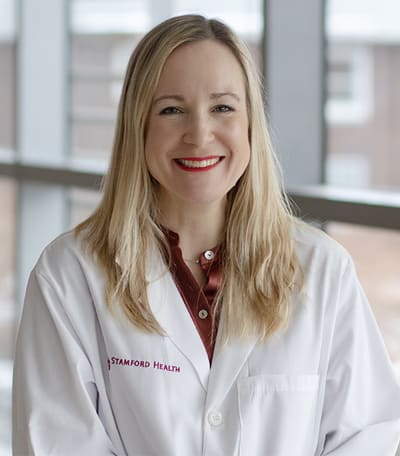


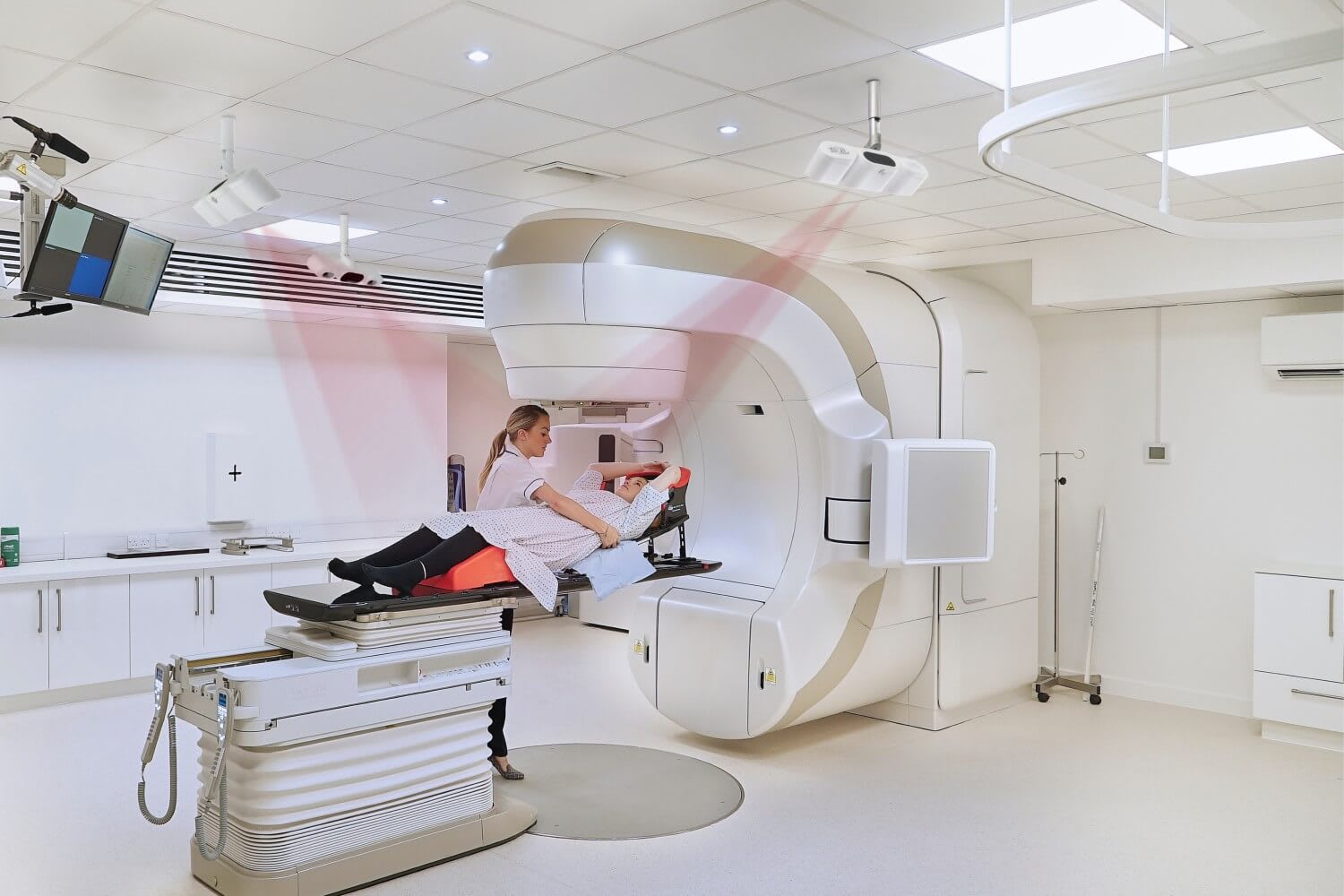

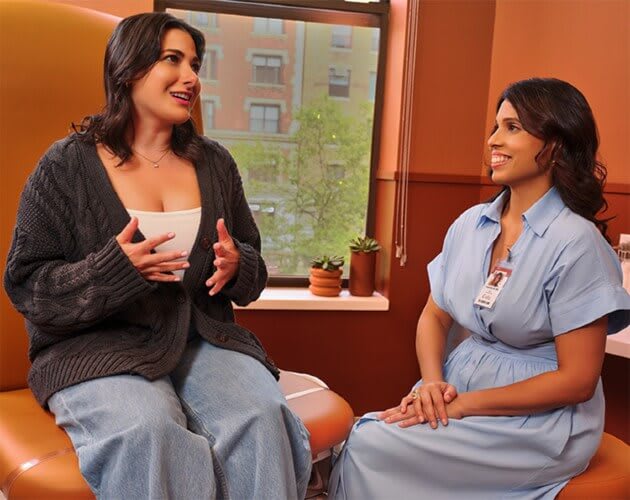
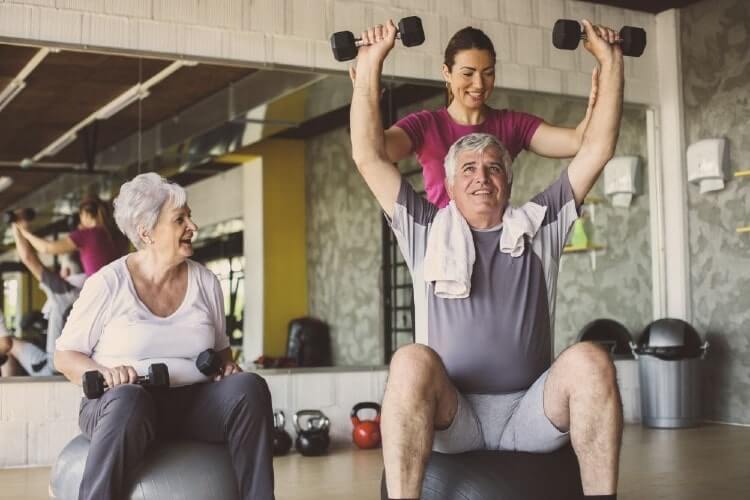
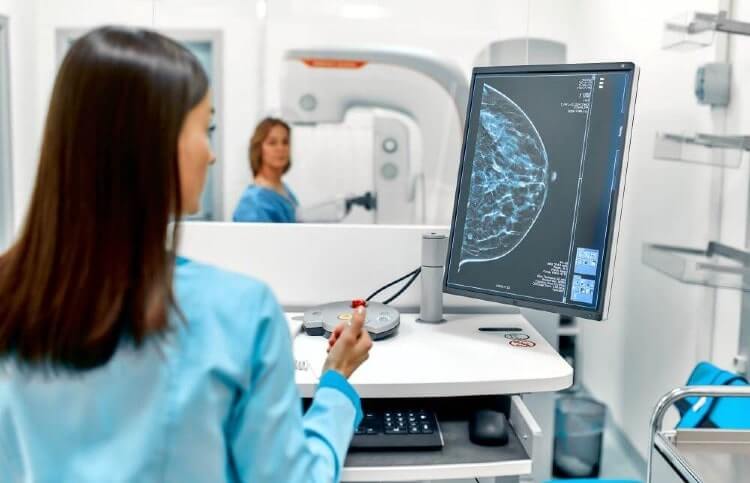

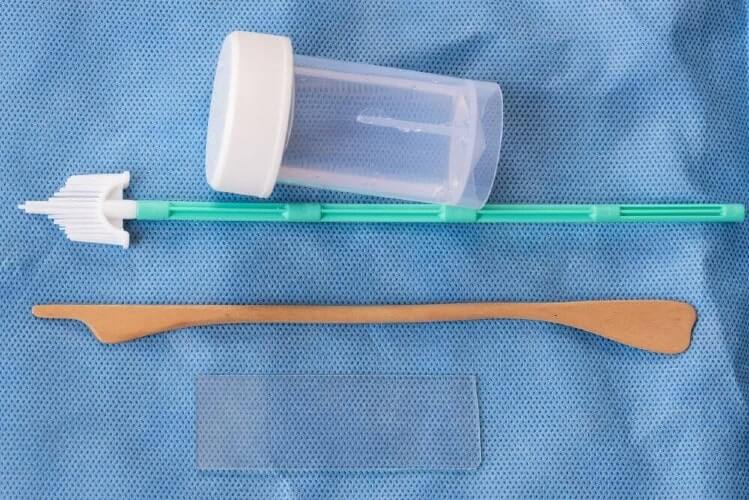
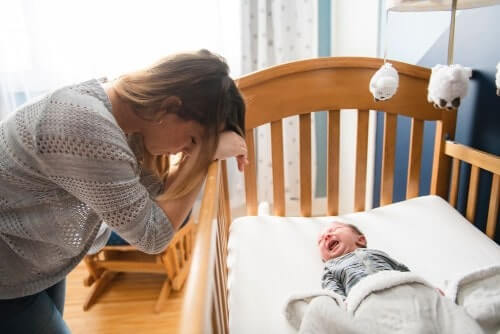
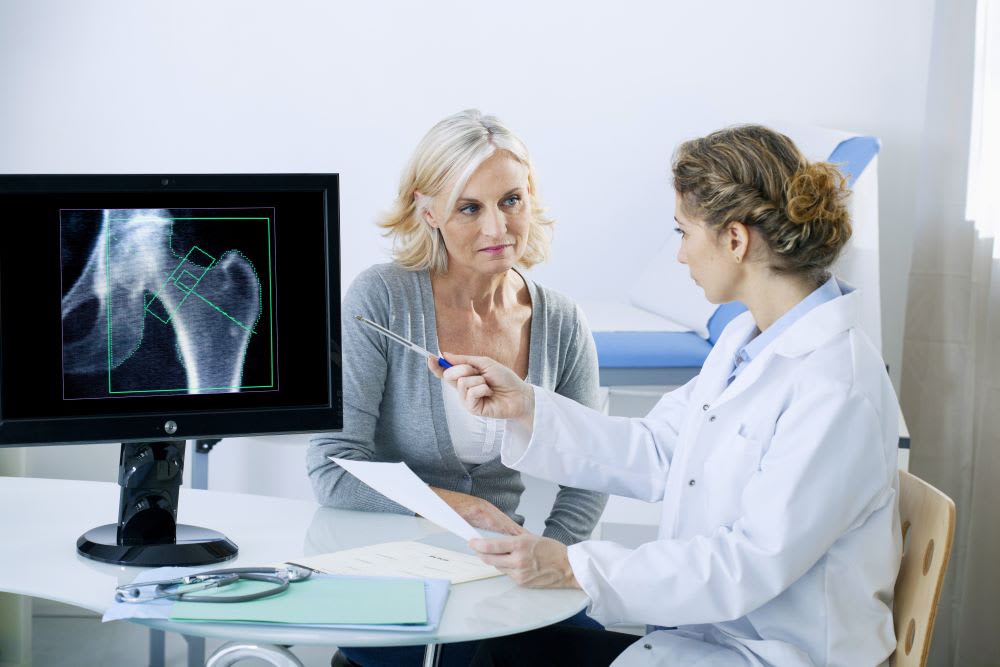

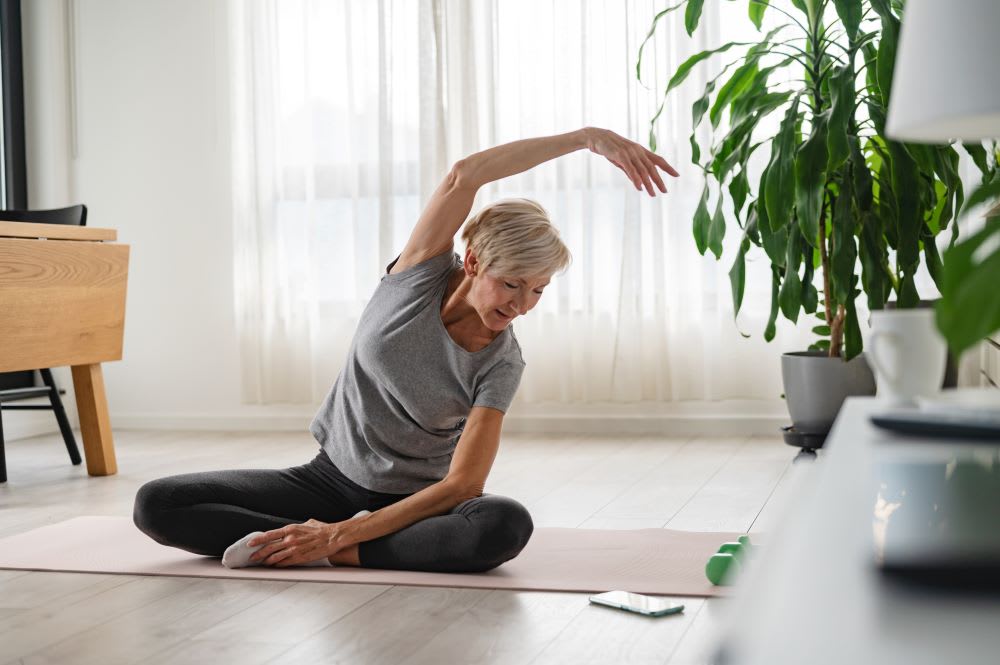




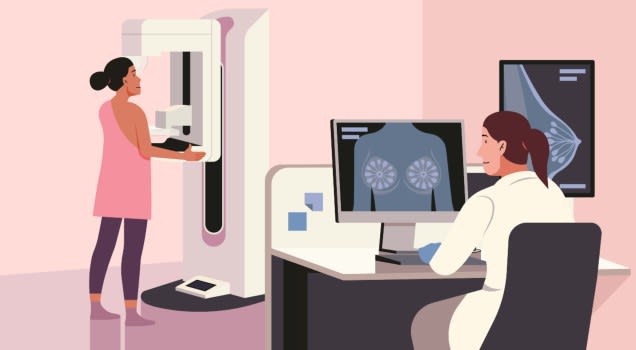


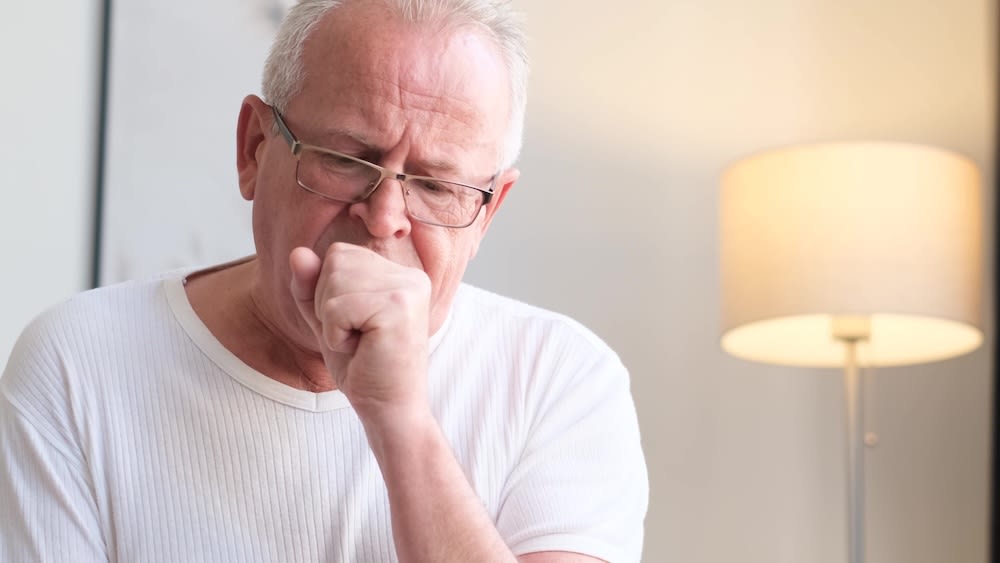

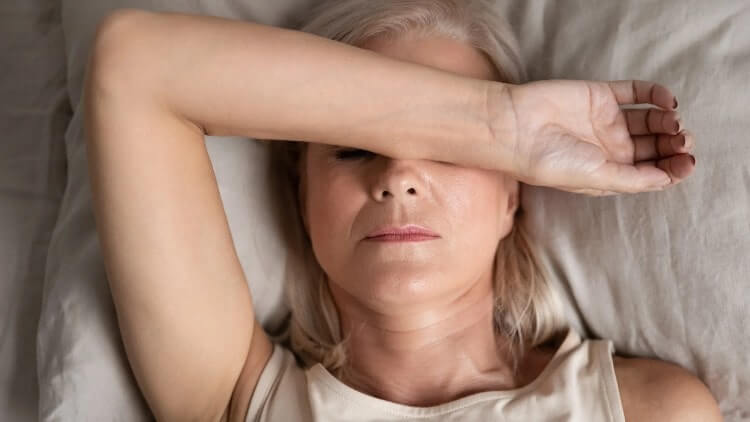









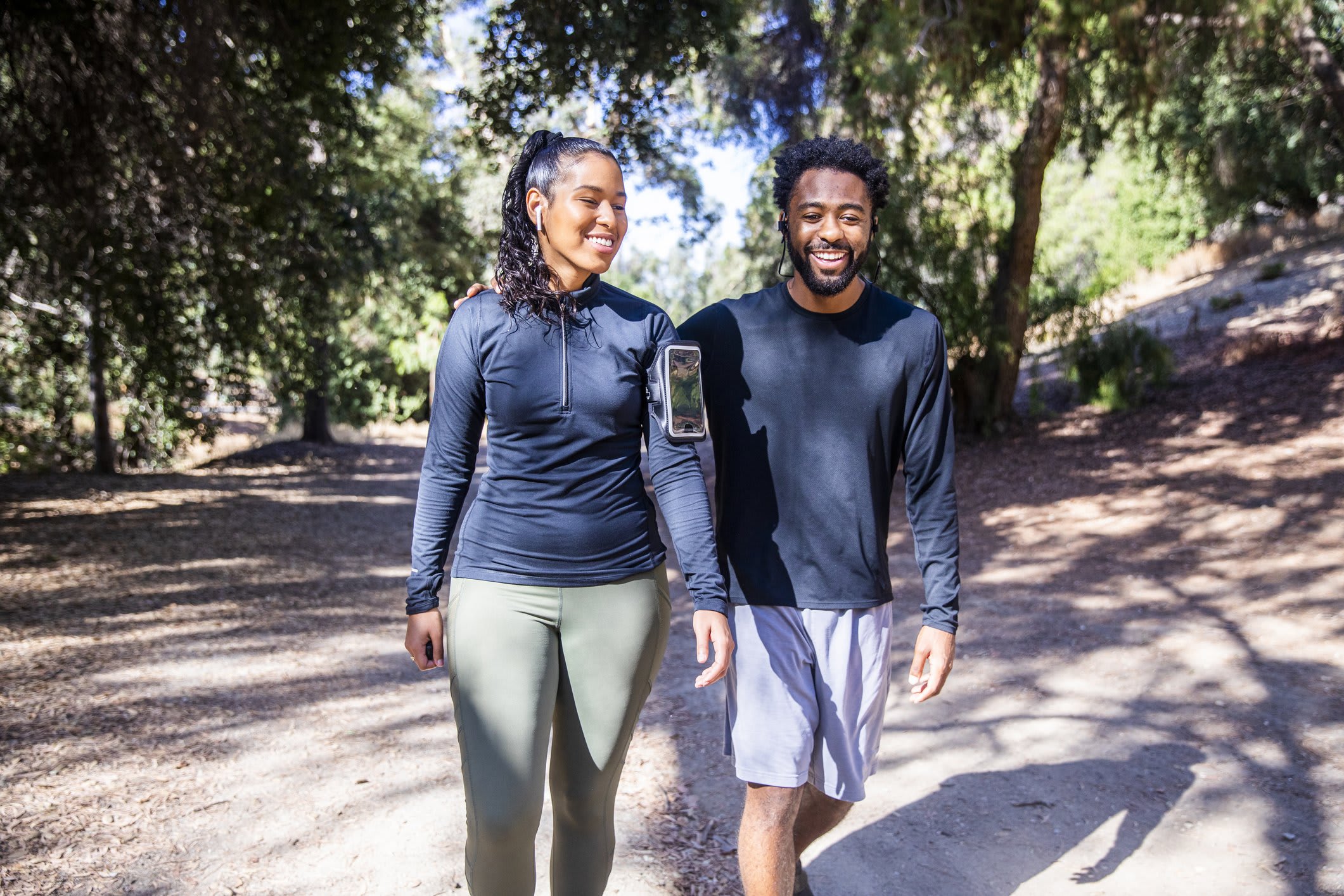
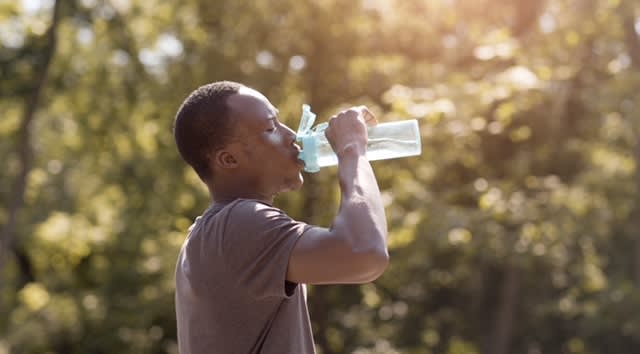



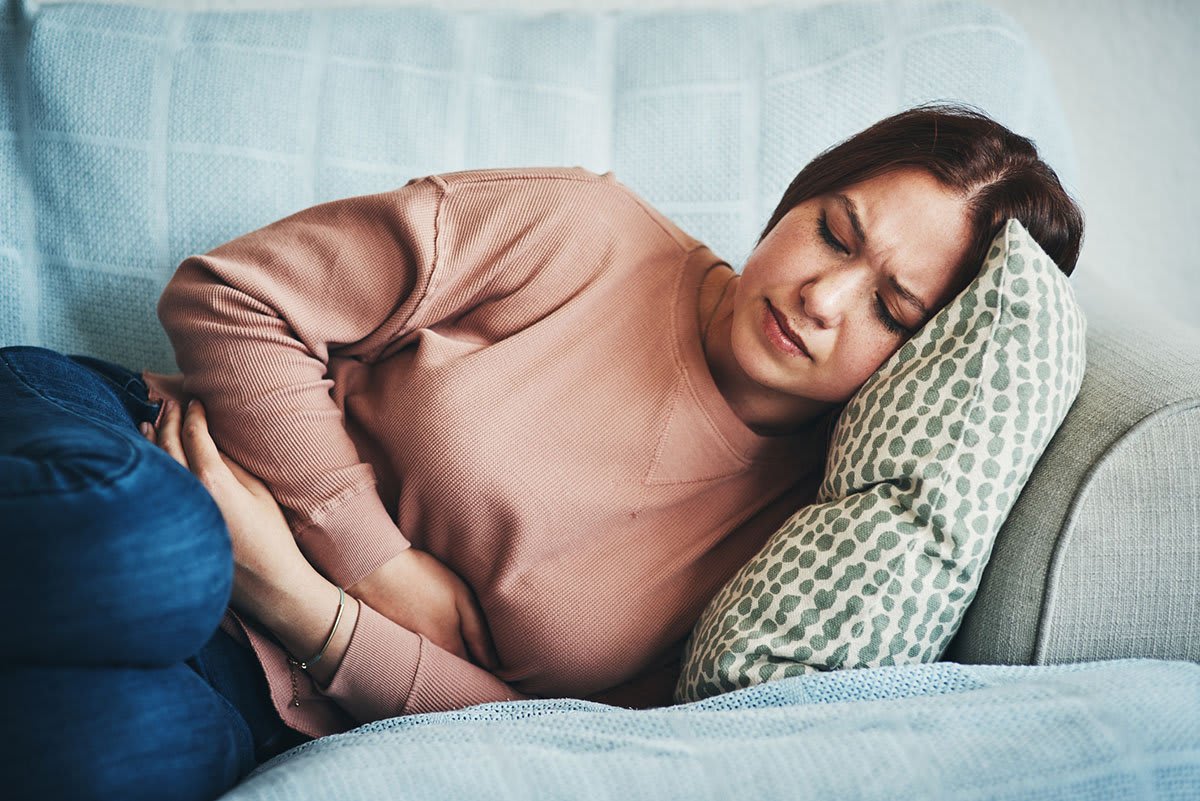
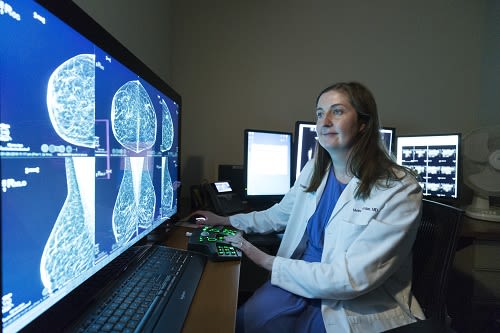
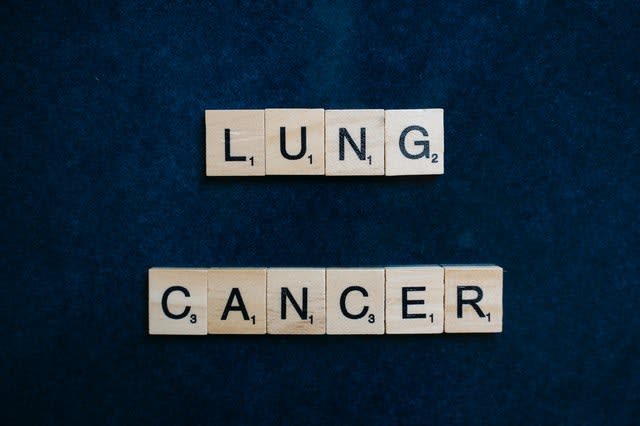

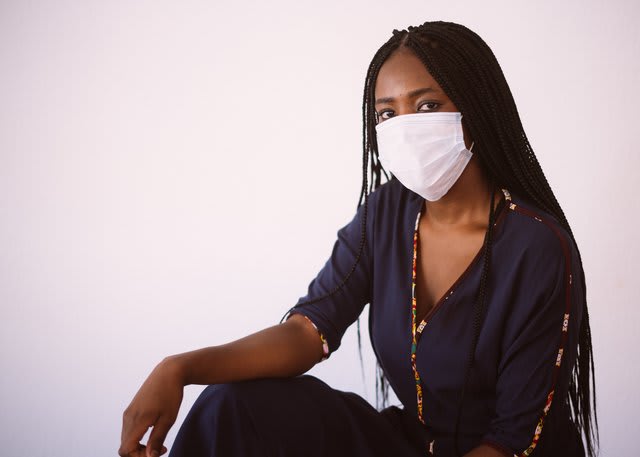
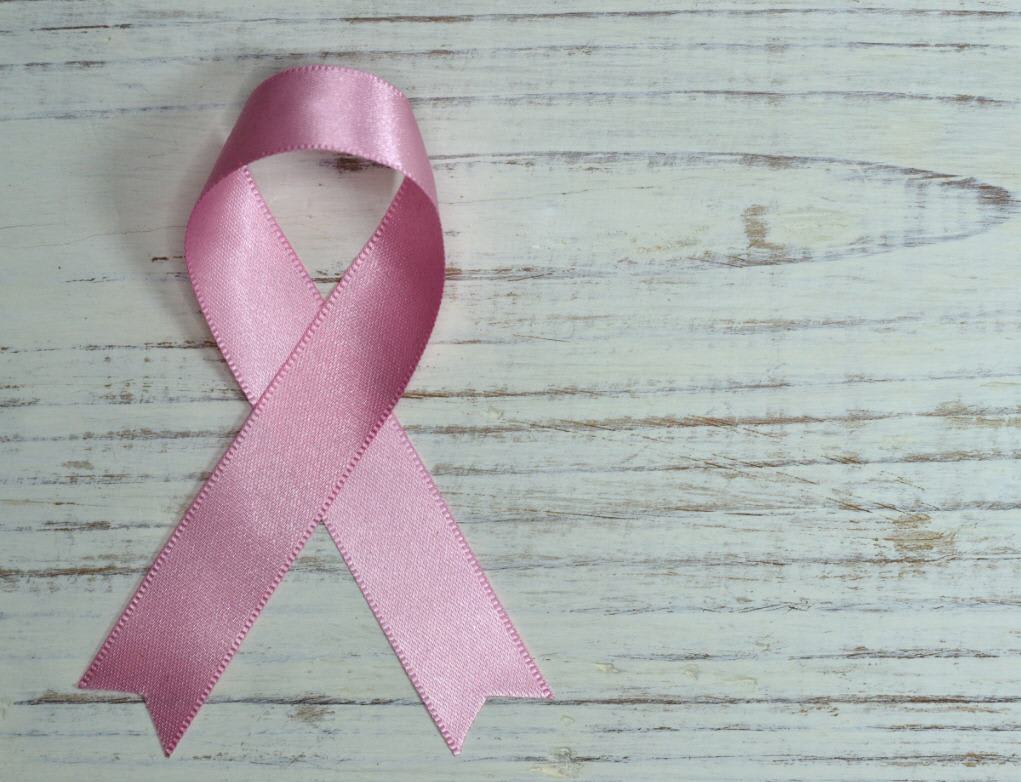
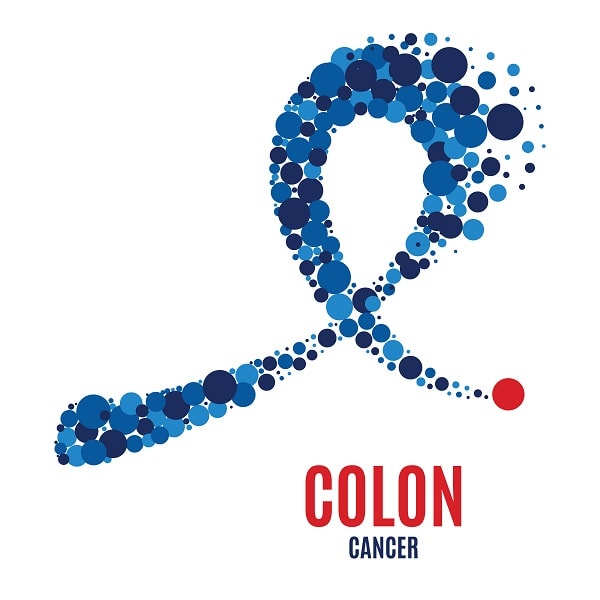
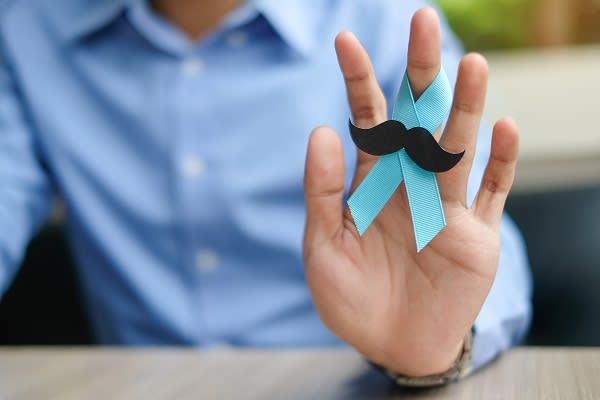
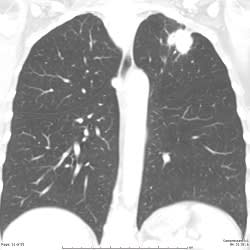








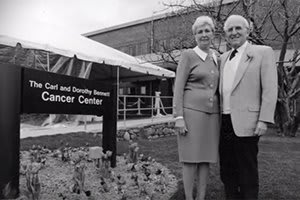
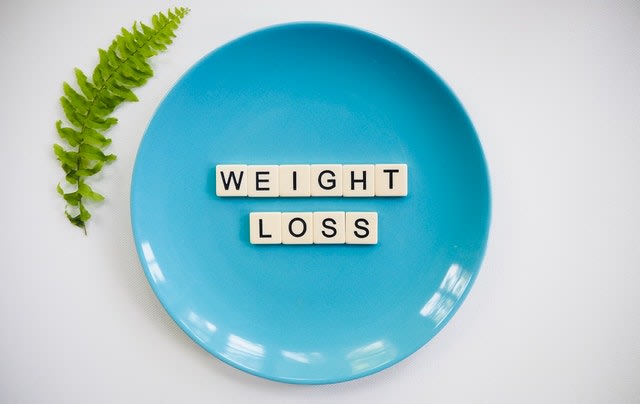
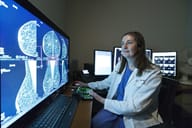
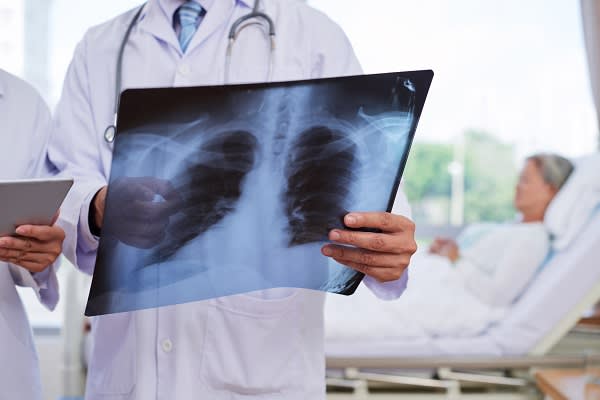
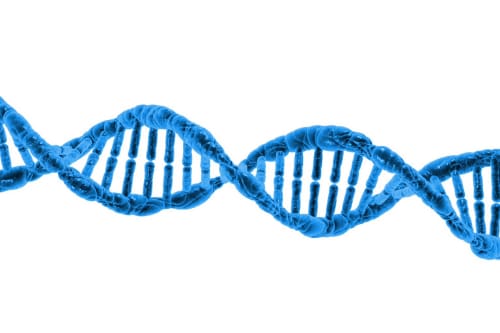


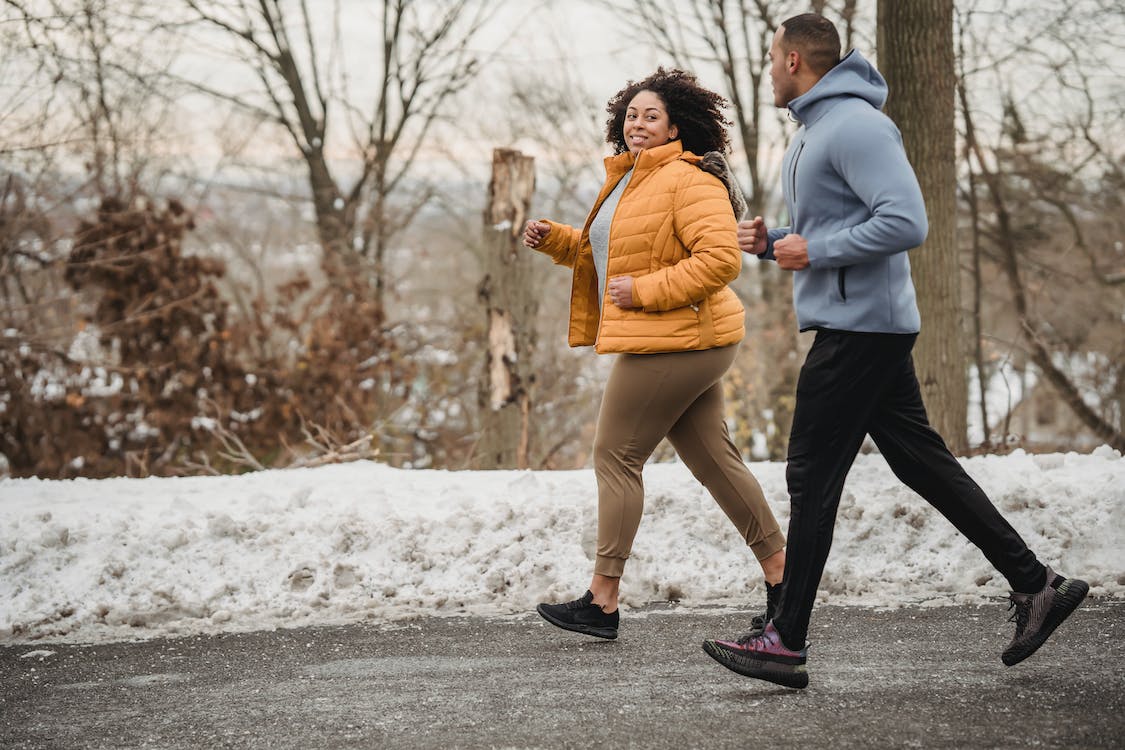
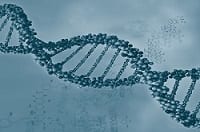

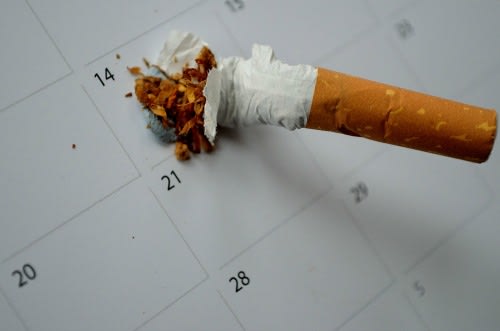

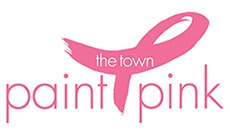

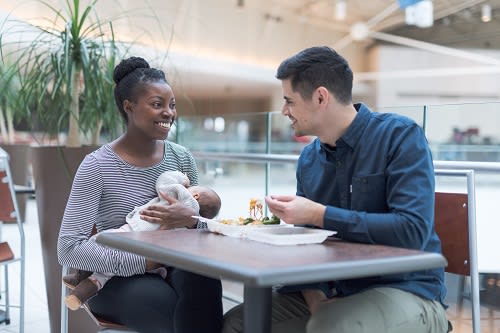





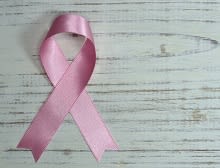
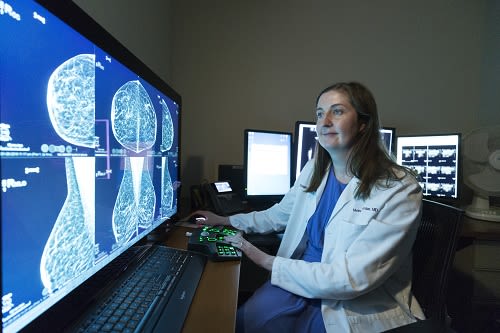
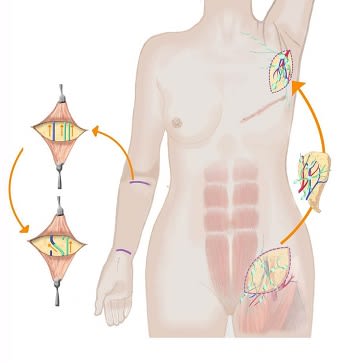









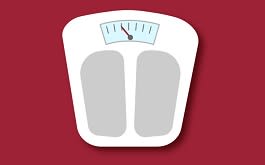
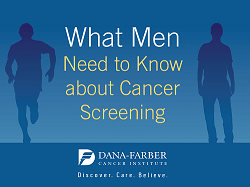


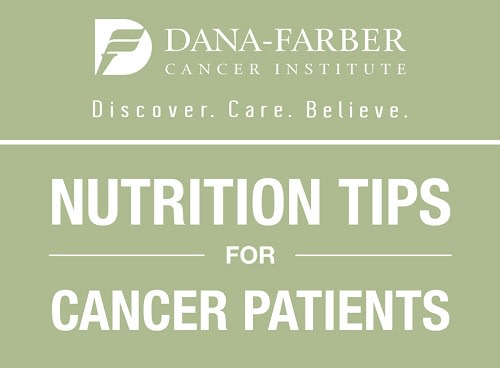










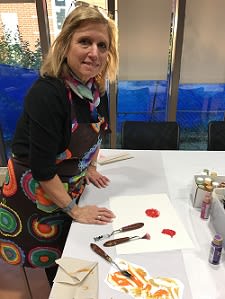




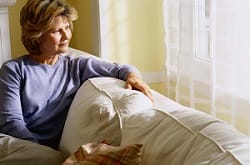

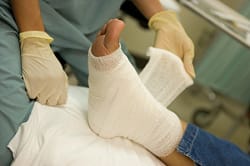



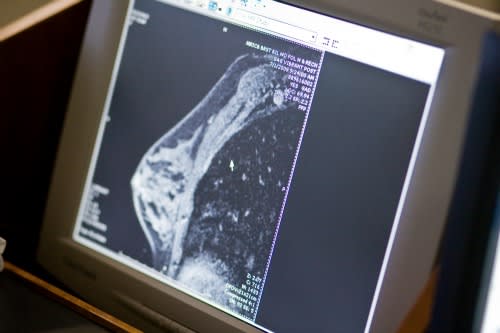

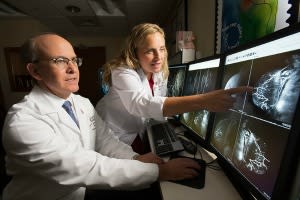













)


)
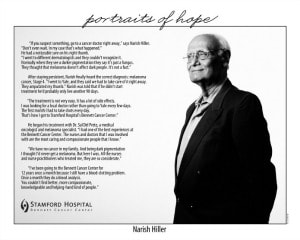
)
)


